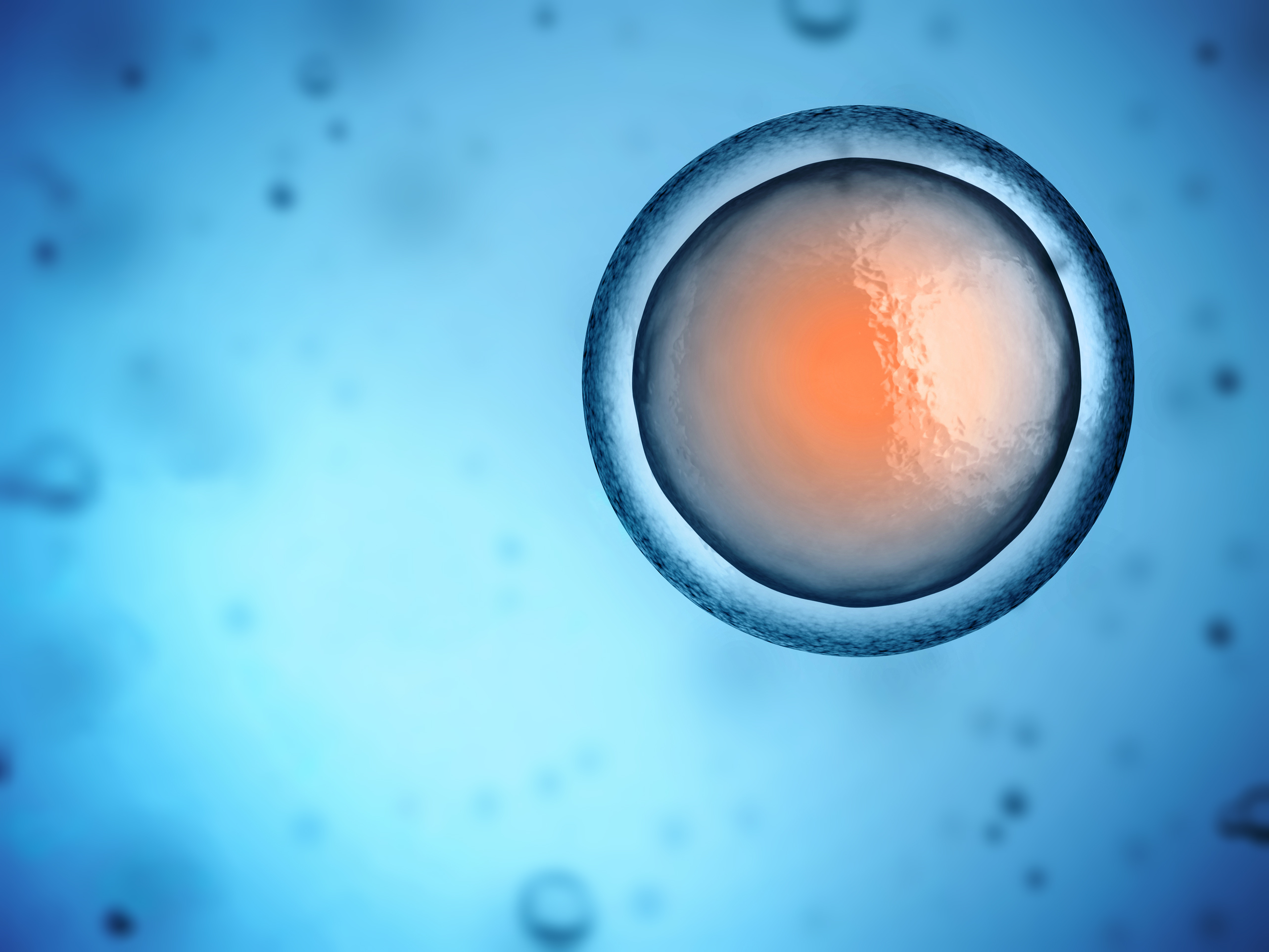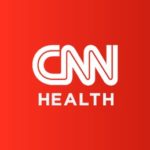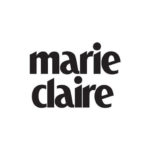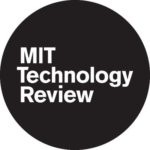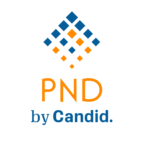CENTER FOR HEALTHY AGING IN WOMEN
Our Mission
The Buck Center for Healthy Aging in Women is spearheading a paradigm shift in women's health research. While women outlive men by a few years on average, they also experience a disproportionately longer period of poor health. We're dedicated to understanding and enhancing women's health by focusing on a critical yet overlooked aspect of female physiology: ovarian function. Ovaries are the architects of health and the pacemakers for aging in female bodies. They age faster than other organs, leading to wide-ranging health implications. The consequences extend far beyond fertility and menopause, impacting women’s health through their entire adult lives. Our mission is to extend ovarian health to improve female healthspan, addressing a fundamental inequality in medical research and healthcare.
Since our inception in 2019, we pioneered a completely new area of research at the interface of longevity science and reproductive biology. Our Center is a novel innovation hub with a global anchor - the Productive Health Global Consortium - that is growing a sustainable, impactful, and diverse ecosystem to accelerate translation, raise awareness, address gaps in knowledge, develop targeted treatments, and improve health outcomes for aging women worldwide.
Our Groundbreaking Research
We're creating the first-ever comprehensive map of the ovaries across space and time – an ambitious project that will transform our understanding of women's health and aging. Here's how we're making this happen:
Seeing the Unseen: Using cutting-edge imaging technologies, we're creating detailed 3D maps of ovarian structure that reveal previously hidden features. This allows us to see how different cell types communicate and function together. We're also mapping the intricate network of blood vessels, nerves, and lymphatic vessels that support ovarian function, using advanced tissue clearing techniques that make organs transparent for detailed 3D imaging.
Pioneering New Solutions; We're developing groundbreaking biomarker and diagnostic tools, ovary tissue models, and exploring novel techniques that measure early warning sign of aging. Through this work, we're identifying specific factors produced by young, healthy ovaries that could someday be used therapeutically to extend healthy aging in females. Our research into cellular aging (senescence) is revealing how ovaries age differently from other organs. We're studying the role of NAD+, a crucial molecule that declines with age, and how it affects egg cell quality and quantity. By examining extraordinary examples from nature – like whales who can reproduce into their 90s – we're uncovering clues about what drives ovarian aging.
Understanding the Whole System: Our research reveals the complex relationships between ovarian function and whole-body health. We're mapping how ovarian hormones influence body fluid balance and studying the previously unknown role of the lymphatic system in ovarian function. Using sophisticated single-cell genetic sequencing and advanced microscopy techniques, we can now track thousands of molecular changes that occur during ovarian aging. By integrating these findings with data on how social and economic factors affect menopause experiences across different populations, we're developing a comprehensive understanding of ovarian health that will lead to more effective, personalized treatments for women worldwide.
Donate
CENTER DETAILS
-
 Jennifer Garrison, PhD Center Co-Director
Jennifer Garrison, PhD Center Co-Director -
 Malene Hansen, PhD Center Co-Director
Malene Hansen, PhD Center Co-Director -
 Eric Verdin, MD Center Co-Director
Eric Verdin, MD Center Co-Director
-
 BUCK LABS
BUCK LABSFrancesca Duncan, PhD, Assistant Professor in Residence
Duncan lab page -
 Deena Emera, PhD Senior Scientist and Writer in Residence
Deena Emera, PhD Senior Scientist and Writer in Residence -
 Jennifer Garrison, PhD Assistant Professor
Jennifer Garrison, PhD Assistant Professor -
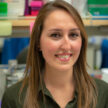 Bikem Soygur Kaya, PhD Reproductive Biology Hub Director
Bikem Soygur Kaya, PhD Reproductive Biology Hub Director -
 Eric Verdin, MD Professor, President and CEO of Buck Institute
Eric Verdin, MD Professor, President and CEO of Buck Institute -
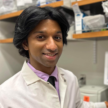 SCIENTIFIC PARTNERS
SCIENTIFIC PARTNERSPranam Chatterjee, PhD, Adjunct Assistant Professor
Chatterjee lab page -
 Emily Jacobs, PhD Adjunct Associate Professor
Emily Jacobs, PhD Adjunct Associate Professor -
 Diana Laird, PhD Adjunct Associate Professor
Diana Laird, PhD Adjunct Associate Professor -
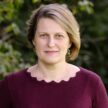 Polina Lishko, PhD Adjunct Associate Professor
Polina Lishko, PhD Adjunct Associate Professor
Ongoing Research in the Center to Map Ovaries Across Time and Space:
Cellular Senescence Network: NIH Common Fund’s Cellular Senescence Network (SenNet) Program was established to comprehensively identify and characterize the differences in senescent cells across the body, across various states of human health, and across the lifespan. Buck is a site for mapping the frequency of senescent cells in the cycling and post-menopausal ovary (Duncan, Melov, Schilling labs and Reproductive Biology Hub collaboration).
Delineating the role of NAD+ metabolism in establishing the ovarian reserve, a critical process that dictates a female’s reproductive lifespan (Verdin lab, Duncan lab, and Reproductive Biology Hub collaboration).
Understanding the role of mitochondrial function in female fertility (Verdin lab and Reproductive Biology Hub collaboration, supported in part by a Buck ProductiveHealth grant).
Developing a new mammalian menopause model: Pallas’s long-tongued bat (Garrison lab).
Discovery of rejuvenating factors made by human ovaries (Garrison lab).
How race, societal, and economic factors impact the severity of peri/menopause symptoms (Garrison lab).
3D analysis of the lymphatic system in the cycling and aging ovary (Soygur-Kaya and the Reproductive Biology Hub).
Targeting fibrosis and inflammation to extend ovarian function (Duncan lab through a Buck ProductiveHealth grant).
Adapting shear wave elastography ultrasound to assess ovarian stiffness across the reproductive lifespan as a non-invasive biomarker of ovarian aging (Duncan lab through a Buck ProductiveHealth grant).
Building a human explant ovary model to develop future therapeutic interventions (Duncan and Schilling lab collaboration).
Studying the genetic basis of menopause in exceptionally long-lived mammals (whales!) (Emera through a Buck ProductiveHealth grant).
Mapping peripheral nerve innervation of the ovaries to understand how the autonomic nervous system impacts ovarian aging (Haghighi lab through a Buck ProductiveHealth grant).
Impact of ovarian hormones on fluid balance, dehydration, delirium, and susceptibility to urinary tract disorders during aging (Garrison lab).
Using spatial transcriptomics and 3D tissue clearing to map the cycling and aging ovary (Garrison lab).
Understanding how CSF (cerebrospinal fluid) production in the brain may be controlled by ovaries; impact on aging and Alzheimer’s disease prevalence in females (Garrison and Lishko lab collaboration).
Director of Administration, Center for Healthy Aging in Women and ProductiveHealth.org
ARodrigues@buckinstitute.org
Co-Director, Center for Healthy Aging in Women
Co-Founder & Executive Director, ProductiveHealth.org (formerly GCRLE)
JGarrison@buckinstitute.org
IN THE NEWS

